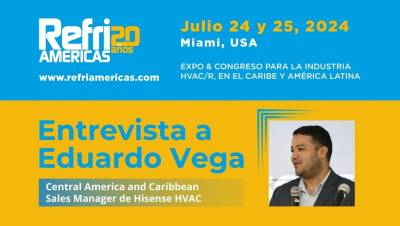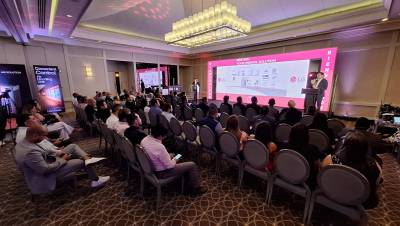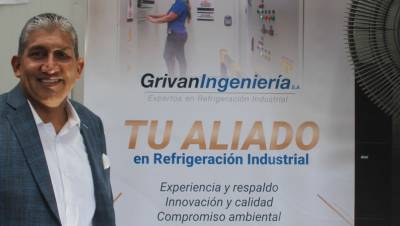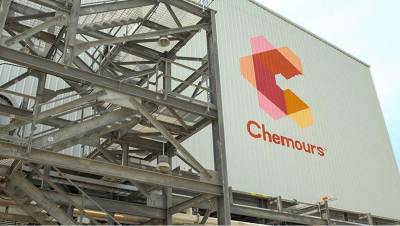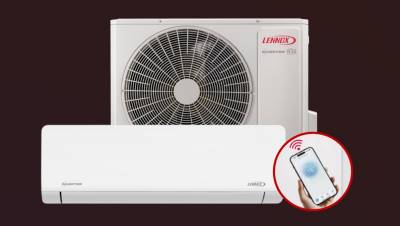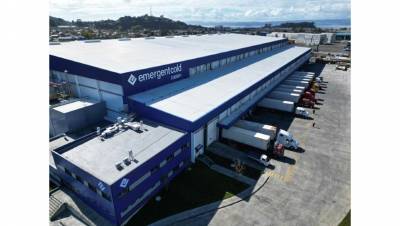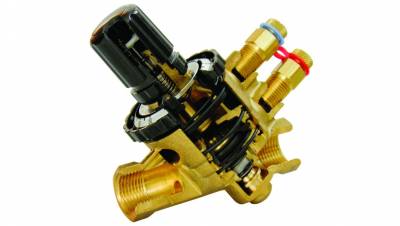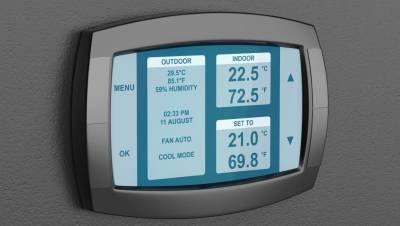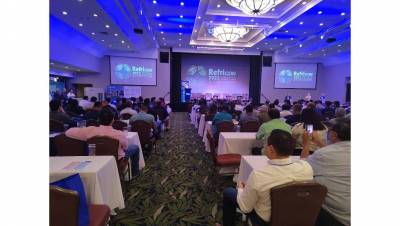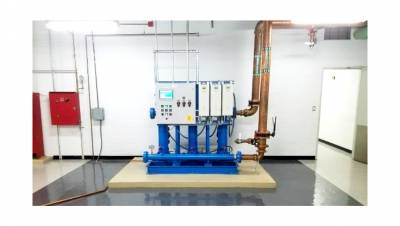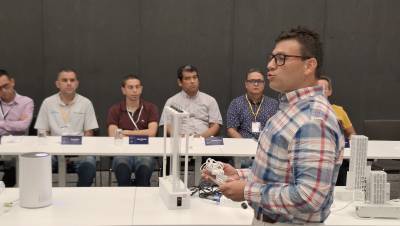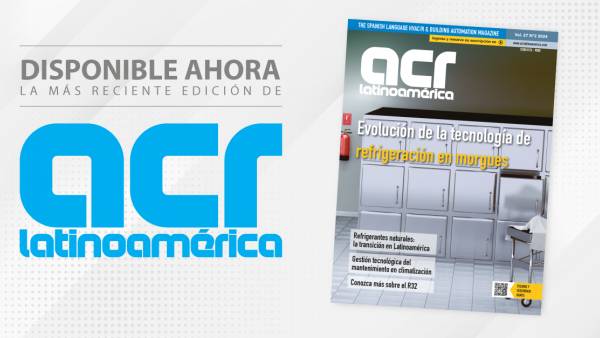In a very particular way and speaking in relation to ozone, it is of great importance to point out that it can cause some severe damage to health, but on the other hand, its use has very useful applications for our daily lives.
Whenever we talk about the use of new techniques or technologies, it is necessary to understand in what context or conditions it is used and what is the objective pursued with the application.
In a very particular way and speaking in relation to ozone, it is of great importance to point out that it can cause some severe damage to health, but on the other hand, its use has very useful applications for our daily lives.
Ozone is a gas that is naturally present in the atmosphere, it is an allotropic variety of oxygen, its chemical formula is O3, that is, it has one more atom than the normal oxygen molecule (O2), this gives it a very important characteristic of instability or reactivity, and it is precisely that characteristic that allows its use for different purposes.
Before continuing it is important to talk about a concept that we use in the field of Indoor Environmental Quality (CAI), which defines a pollutant as an element outside the environment and that causes harmful effects to it, this also means that a pollutant can be an element that is out of place and according to what has been exposed to ozone, that is precisely the case.
So again the question arises: is ozone good or bad? Before answering, it is convenient to analyze the existing regulations in our country. Two tables are presented on the pages below where you can observe air quality and how to measure it (see table 1 and 2).
Table 1. Descriptors of the Metropolitan Air Quality Index IMECA Air Quality Health Effects 0 – 100 Satisfactory Favorable situation for the realization of all types of activities 101 – 200 Not Satisfactory Increase in minor discomfort in the sensitive population 201 – 300 Bad Increase in discomfort and intolerance related to exercise in the population with respiratory and cardiovascular diseases; appearance of slight discomfort in the general population 301 – 500 Very Bad Appearance of various symptoms and intolerance to exercise in the general population-
In the same way and to end with the official part of the risk to health, we reproduce the description found in NOM-020 SSA1.
Table 2. Concentrations equivalent to 100 IMECAS points Pollutant Standard Concentration Exposure time (hours) Carbon Monoxide CO NOM-021-SSAI 1993 11.0 ppm 8 Sulphur dioxide SO2 NOM-022-SSAI 1993 0.13 ppm 24 Ozone O3 NOM-020-SSAI 1993 0.11 ppm 1 Nitrogen dioxide NO2 NOM-023-SSAI 1993 0.21 ppm 1 Particles Less than 10 Microns PM 10 NOM-025-SSAI 1993 150 μg/m3 24 Particles Less than 2.5 Microns PM 2.5 No standard currently exists-
"By virtue of ozone being a highly oxidizing compound, it is capable of affecting organic and inorganic materials. Its biological toxicity is very complex, since there are many systems that can be affected by the interaction between it and cellular components. The proposed toxicity mechanisms have to do with the modification of cellular oxidation systems, in which different enzymes participate, some of which are not yet well identified.
Depending on the time between exposure and onset of effects, the health damage associated with ozone can be classified as short-term (one to three hours), prolonged (six to eight hours) and long-term (months or years). Acute effects have been observed at ozone concentrations of 0.12 parts per million (hereinafter ppm) after prolonged exposures, following moderate or low exercise.
Adverse effects range from transient changes in lung function, increased incidence of respiratory diseases and symptoms, increased susceptibility to the occurrence of respiratory infections, which is indirectly reflected in increased hospital admissions and emergency room visits. Recent studies have also found associations between ozone exposure and increased daily mortality that occurs particularly among people with previous respiratory or cardiovascular diseases."
However, not everything is bad in the use of ozone, moreover, the reactivity characteristic of this allotrope of oxygen, to which we already referred, allows its use for the treatment and elimination of various pollutants in different environments.
Some time ago (1955) Wuhrmann and Meyrath showed that with a residual of 0.6 mg OR3/m3 in water, the bactericidal action on Escherichia coli is carried out in 2.5 minutes, that is, it was proven that ozone is a powerful disinfectant.
Today no one disputes the advantages of ozone over other disinfectants. But there are advantages and disadvantages:
• The installation of ozone systems is more expensive
• It is much cheaper to maintain
• Cleaner to use (leaves no residue) Leaves the water within 6 to 10 minutes
Ozone can be good or bad, depending on where it is in the atmosphere: • Ozone found in the Earth's upper atmosphere, between 16 and 48 kilometers above the surface, where it forms a layer that protects us from the sun's ultraviolet rays, is beneficial.• Ozone that forms in the Earth's lower atmosphere, near ground level can cause damage to health. It originates as a result of a chemical reaction, in the presence of sunlight, between pollutants emitted mainly by automobiles, power plants, industrial boilers, refineries, chemical plants and other sources of emissions. Being in continuous training, it can exceed the concentration levels allowed by health standards and this is what can be harmful.-
Ozone generating equipment has long been used to eliminate odors in the environment, this is possible due to its enormous reactive capacity
Some research related to the improvement of Indoor Environmental Quality has shown that it is possible to use both ultraviolet (UV) light and ozone to eliminate contaminants of organic origin (microorganisms and odors), in air conditioning systems and water tanks.
In relation to air, it is currently considered as the safest concentration limit for health, the value of 0.1 ppm (0.2 mg / m3 of air), being accepted by American researchers and scientific associations for 15 years.
On the other hand, we know that the air in an enclosed environment becomes thinner by decreasing its oxygen content and increasing carbon oxide or bioxide. To eliminate this problem it is necessary to introduce "new" air (from the outside), with the consequent energy expenditure in its conditioning. It has been proven that with ozone concentrations of 0.01 ppm, that is, 0.02 mg OR3/m3 of air (eight times less than the maximum allowable), the number of required air renewals can be halved, this leads to significant energy savings in the use of air conditioning.
Derived from the topics set out so far, we can conclude that:
• Depending on the application, there is an ideal concentration for the benefits of ozone to be enjoyed.
• According to NOM-021 SSA1, if the site is inhabited continuously (workplace) the ozone values existing in the ambient air, should not exceed 0.08ppm, that is, 0.15 micrograms per cubic meter.
The Occupational Safety and Health Administration (OSHA) has standards for workplace ozone of 0.1 ppm, on average over eight hours. The American Conference of Governmental Industrial Hygienists (ACGIH) has suggested a threshold limit value (TLV) of 0.1 ppm maximum.
In July 1997, the EPA adopted a new National Ambient Air Quality Standard (NAAQS) for ozone. Before July 1997, the standard for ozone was 0.12 ppm, not to exceed a period of one hour.
The new standard is 0.08 ppm average in eight hours. This standard is more protective of public health, as the level of exposure has been reduced over a longer period of time.
It is therefore important that when designing an installation that will use ozone, we take into account the following factors:
For any environment (air or water)
• The exact location of the medium to be ozonated
• Concentration of pollutants (ozone only acts on those of organic origin)
• Duration of treatment (dose)
• Ambient temperature
• Nature and origin of the pollutant
• Initial ozone concentration
To ozonate the air we must also know:
• Humidity of the medium to be ozonated
• The time of occupation of the property
• The characteristics of the furniture
• And many other aspects that will depend on the specific use
What's really important?
Ozone, although it can function as a powerful disinfectant, in many conditions is not the only solution, moreover, its effectiveness can be greatly reduced by the short life of this gas (it is very unstable and reacts very easily). It also has limitations that can pose a severe risk to health.
However, it is perhaps the best solution in some very specific situations as long as you have proper control.
These and many other aspects and applications that are in vogue today, allow us to ensure that the use of ozone has as its main restriction the adequate determination of all the variables that will be affected by the application of a system of this type (ozonator), so it is necessary to correctly determine the dose.
"The dose of exposure is defined by the amount of substance to which the organism is exposed and the time during which it was exposed."
The dose determines the type and magnitude of the biological response, the adverse effect or damage is a function of the dose and the conditions of exposure (route of admission, duration and frequency of exposures, rate of contact with the contaminated medium).
Before making the decision to use ozone in any application we must consult an expert to help us evaluate all aspects, we should not settle for the information offered by the seller or manufacturer of a product, since it is assumed that its objective is the sale.
There are also some co-benefits of using ozone in enclosed environments, referring to air, such as deodorization.
For some time ozone generating equipment has been used to eliminate odors in the environment, this is possible due to its enormous reactive capacity, which act by oxidizing odor molecules.
To make use of this feature, it is necessary to determine what the specific application is, that is, it is not the same to try to eliminate the smell that occurs in a closed room (bathroom, auditorium, office, etc.) than the residual smell after a fire or after a party or meeting, each case is very different and this forces us to make a different approach.
For example, if the intention is to eliminate the odors that occur in an enclosed environment such as an office, while it is busy, the most important aspect to consider is the concentration of ozone molecules, so as not to expose personnel to levels above the safety limits, this implies a continuous but dosed and well distributed production (with air movement that guarantees the distribution of ozone).
If the intention is to eliminate residual odors in unoccupied environments, then the important thing is to maintain the necessary concentration in the premises, for as long as required, this means that it is necessary to saturate the environment and maintain saturation, for long periods of time (according to the calculation made).
There is another important application of ozone in closed environments: the decontamination of air conditioning systems, which consists of the elimination of the existing biological load in equipment and ducts, for this it is necessary to generate a concentration equivalent to four grams of ozone per m3, which far exceeds the allowed doses.
That is why this activity should be carried out only by highly qualified and properly equipped personnel, the high dose is necessary to completely eliminate microorganisms and must be maintained for periods of time equivalent to a minimum of six to ten air changes.
This means that equipment must be used that generates the required concentration and remains running for the necessary time so that, according to the capacity of the system, the ambient air is replaced at least six times.
Just for informational purposes, we will mention one more application of ozone: the so-called ozone therapy, which is currently becoming very important.
However, that is the subject of another document, suffice it to say that this is recognized within what is considered as alternative medicine, applied for many years and whose results have been successful in different cases ranging from weight control, to the eradication of skin infections, all of them documented.
It is also very important to note that many of the ozone producing equipment (ozonators) may generate other gases or by-products, which can be very harmful to humans and / or the environment and animals.
Therefore, before acquiring and contracting this equipment for the production of ozone, the user must ensure that these gases do not originate.
In this sense, the manufacturer needs a certificate of non-emission of roentgen radiation (x-rays), gases, parasites, issued by a competent authority that demonstrates that the necessary tests were carried out on the manufactured equipment, to demonstrate its safety.
FG_AUTHORS:


